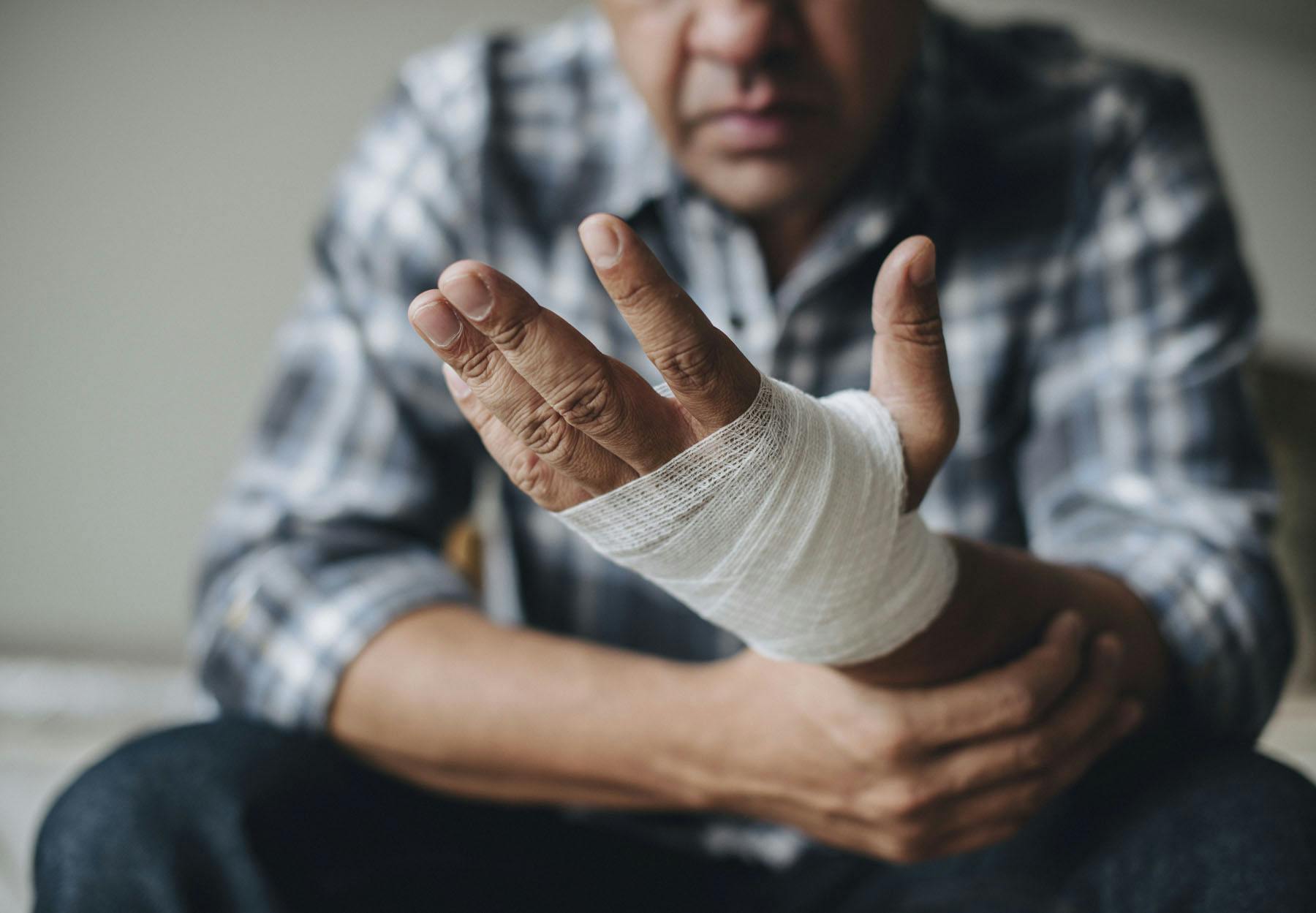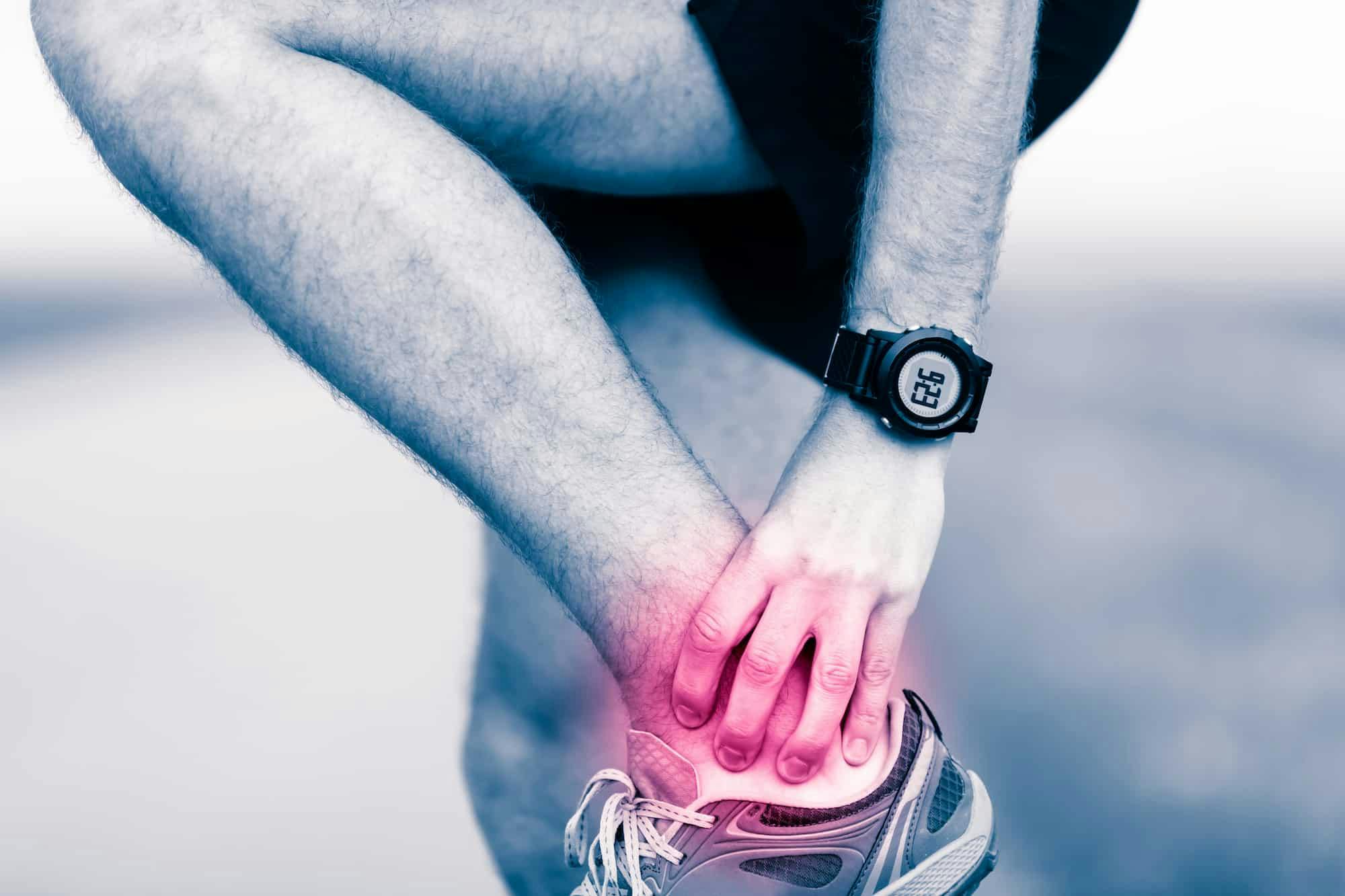- Blog
Treating TFCC Tears
Posted on 12-24-2025 in Hand & Wrist by Dr. Steven Kronlage

Posted on 12-24-2025 in Hand & Wrist by Dr. Steven Kronlage
The triangular fibrocartilaginous complex (TFCC) is a structure on the small finger side of the wrist. It is the main stabilizer to the wrist in rotation (pronation and supination). It also cushions and supports the small bones of the wrist, especially when gripping. An injury to the TFCC can cause chronic wrist pain.
Treatment options for TFCC tears depend on if the injury is traumatic or degenerative. Visit TFCC Tears for additional information, including symptoms and diagnosis details.
Acute Traumatic Tears: If a TFCC tear is suspected following an injury, an MRI is obtained to confirm the diagnosis and ensure there is no other. If the injury is less than one to two weeks old, we can usually get the injury to heal without surgery. A long arm cast is used for a month to prevent rotation. A brace that limits rotation to a small arc is then used for another month. Depending on the sport and symptom level, a patient can return to activities at two to three months with the wrist taped.
Chronic Traumatic Tears: A ‘wrist sprain’ that just hasn’t gotten better is the most common type of traumatic tear. Of course, the patient did not know they had a significant injury and may even have been to the ER and had normal x-rays. They may have worn a splint. These patients are treated with wrist arthroscopy and arthroscopic repair of the TFCC. They will also have to be prevented from rotating after surgery, just like the non-operative patients. Surgical patients can’t return to sport for at least three months.
Degenerative Tears: Patients with degenerative tears are treated according to other pathology that may be Most patients will have had pain for some time and will opt for surgical intervention. The difference in surgery for a degenerative tear is that the TFCC cannot be repaired. The portion that is injured in a degenerative tear is the center or avascular zone of the TFCC. This is treated much like a meniscal tear in the knee. We will use arthroscopic means to shave down the torn edges and decrease the mechanical catching that causes pain. Sometimes we can shave the tip of the ulna bone off if it is in the way. If the ulna bone is quite long, we may need to shorten the bone, although this is very rare.

May is Arthritis Awareness Month, an opportunity to increase public understanding of arthritis and its impact on millions of lives. Established by the Arthritis Foundation, this national observance highlights the importance of early diagnosis, effective treatment, and ongoing research to improve the quality of life for those with arthritis.

With summer in full swing and children taking advantage of more time to participate in sports-related or other outdoor activities, it’s essential to be mindful of injury prevention while encouraging their interest in activities that don’t involve screen time!

May is National Arthritis Awareness Month, and of the more than 100 forms of this painful condition, many can affect the ankle. In fact, almost half of people in their 60s and 70s have arthritis of the foot and/or ankle, but not all of them have symptoms.